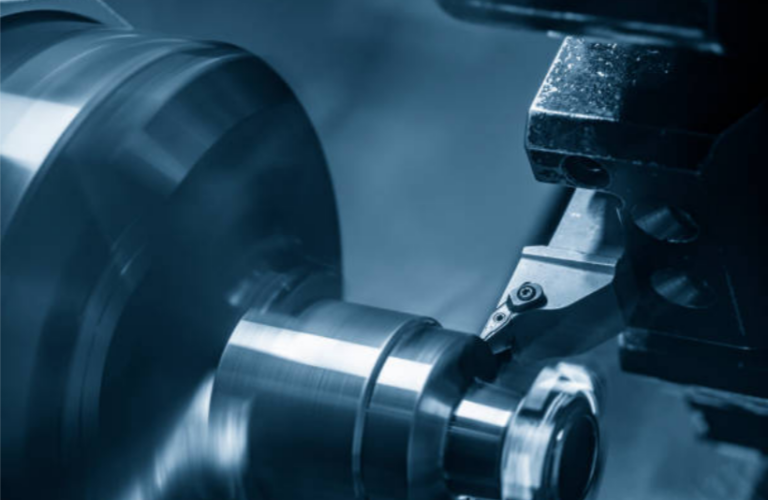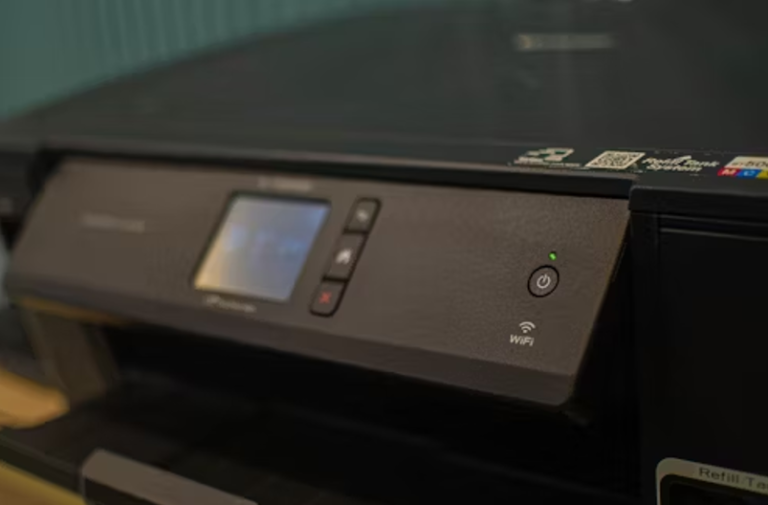The Benefits of 3D Printing in Manufacturing
In today’s manufacturing landscape, 3D printing stands out for its transformative advantages. You’ll find that it enhances design flexibility, allowing for intricate geometries that traditional methods struggle with. Additionally, it addresses cost efficiency by minimizing material waste. As production times accelerate, the potential for customization becomes apparent. These factors collectively position 3D printing as a game changer, but what implications does this hold for your operations and competitiveness in the market?
Enhanced Design Flexibility
As 3D printing technology evolves, it significantly enhances design flexibility, allowing you to create complex geometries that traditional manufacturing methods struggle to achieve.
This capability enables rapid prototyping, letting you test and iterate designs quickly. You can explore intricate shapes and structures, pushing the boundaries of creativity while ensuring optimal performance and functionality in your products.
Embrace this innovation to realize your design visions fully.
See also: The Evolution of Gaming Technology: What’s Next?
Cost Efficiency and Reduced Waste
When you incorporate 3D printing into your manufacturing processes, you’ll likely notice a significant reduction in costs and material waste.
This technology promotes sustainable practices by optimizing material usage, leading to substantial material savings.
Accelerated Production Times
3D printing can cut production times dramatically, allowing you to bring products to market faster than traditional manufacturing methods.
With rapid prototyping, you can test designs swiftly, iterating as needed without delay. This efficiency streamlines your supply chain, minimizing lead times and improving responsiveness.
Ultimately, faster production empowers you to adapt to market demands, enhancing your competitive edge and operational freedom.
Customization and Personalization Opportunities
While traditional manufacturing often limits product variations, 3D printing opens the door to extensive customization and personalization opportunities.
You can create tailored solutions that meet specific needs, resulting in unique products that reflect individual preferences.
This flexibility not only enhances user satisfaction but also fosters innovation, allowing you to explore designs and functionalities previously deemed impractical in conventional manufacturing processes.
Conclusion
Incorporating 3D printing into your manufacturing processes can transform your operations, offering unmatched design flexibility and cost efficiency. For instance, a company like Nike has successfully utilized 3D printing to create customized shoe soles tailored to individual athletes, enhancing performance and user satisfaction. By leveraging this technology, you not only reduce material waste but also accelerate production times, setting your business apart in a competitive market. Embracing these advancements can redefine your manufacturing potential.






